Rising from the desert shores of the Arabian Gulf, Dubai and Doha stand as monuments to ambition, wealth, and rapid modernization. Within a single generation, these two cities have transformed from modest trading ports into global powerhouses of commerce, tourism, and cultural influence. Despite their geographic proximity and superficial similarities, these urban centers have developed distinct identities shaped by different national visions, historical trajectories, and approaches to growth.
Here are 20 key differences that distinguish these Persian Gulf neighbors, revealing how two ambitious cities can pursue remarkably different paths to prominence on the world stage.
Architectural Philosophy
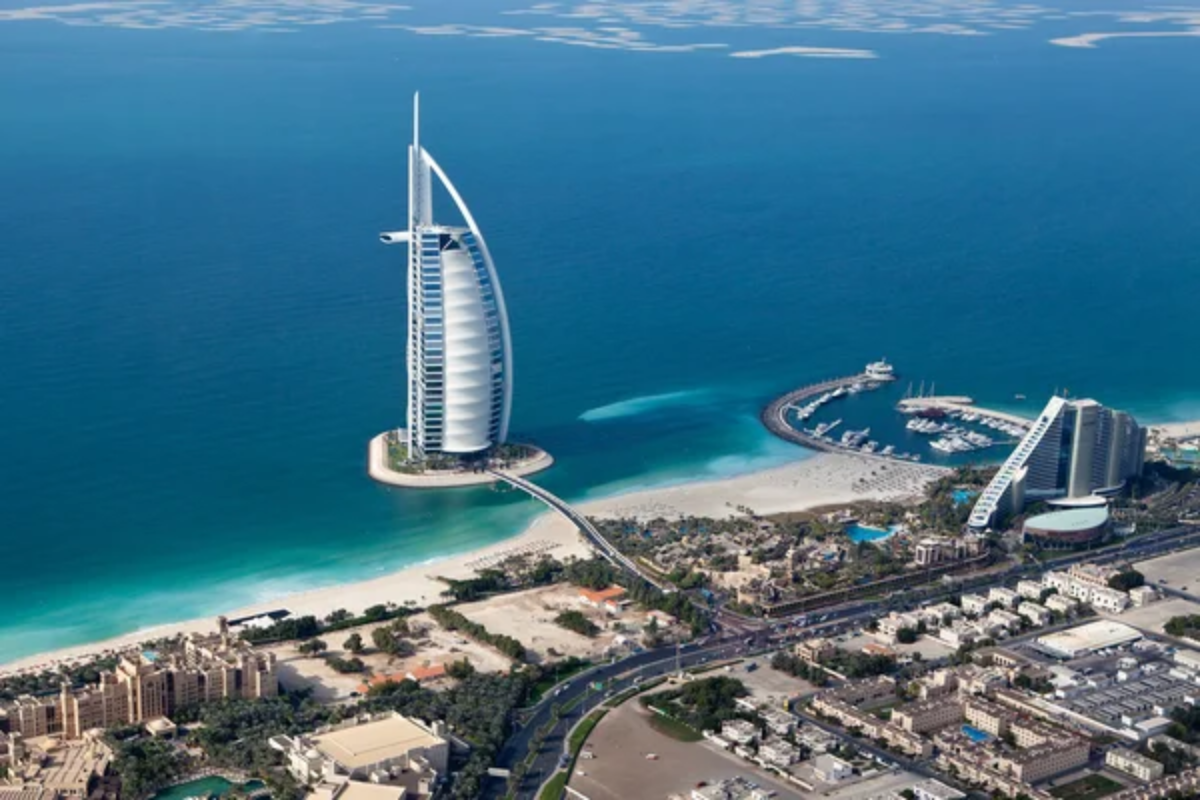
Dubai embraces architectural spectacle with structures designed to break records and capture global attention, from the needle-like Burj Khalifa to the palm-shaped artificial islands visible from space. Doha pursues a more measured approach that often incorporates traditional Islamic design elements into modern structures, as seen in the Museum of Islamic Art, designed by I.M. Pei, and the national museum, which is shaped like a desert rose crystal formation.
Cultural Investment
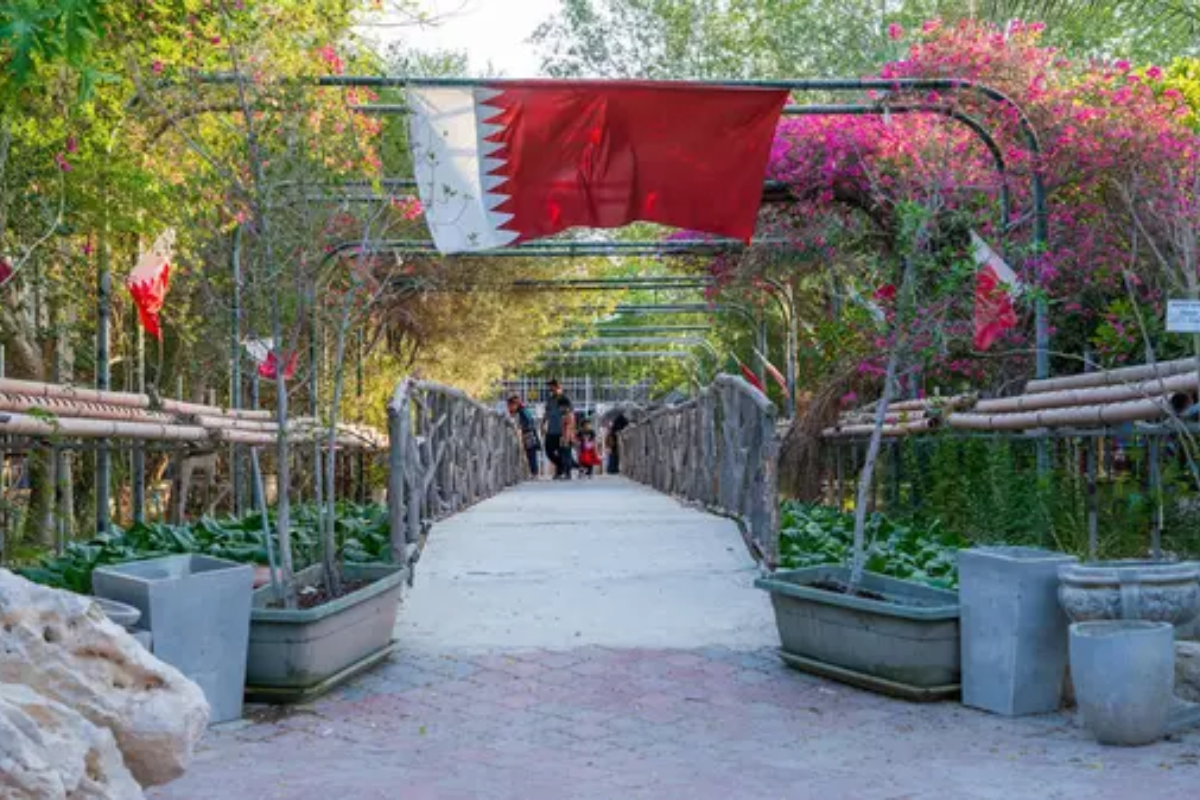
Doha has prioritized becoming a cultural and educational center through massive investments in museums, universities, and arts institutions, most notably Education City, which hosts branches of prestigious Western universities. Dubai focuses more on commercial entertainment, shopping experiences, and tourist attractions like theme parks and shopping festivals, though recent years have seen growing investment in arts districts like Alserkal Avenue.
Like Travel Pug’s content? Follow us on MSN.
Pace of Development
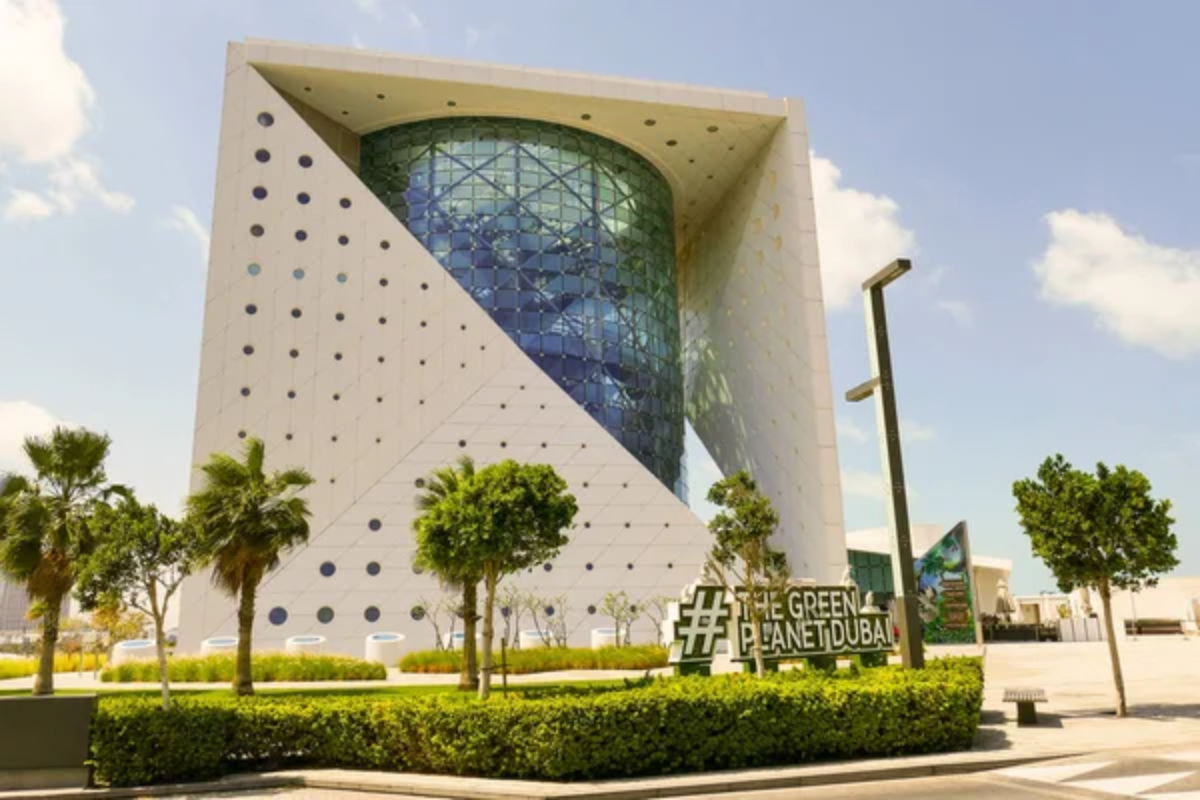
Dubai pursued explosive growth with numerous projects launched simultaneously, creating its signature forest of skyscrapers in remarkably short periods and often rebuilding entire districts within a decade. Doha has taken a more deliberate pace, carefully planning urban expansion through national vision projects with greater emphasis on sustainable development and long-term urban cohesion rather than immediate visual impact.
Tourism Approach
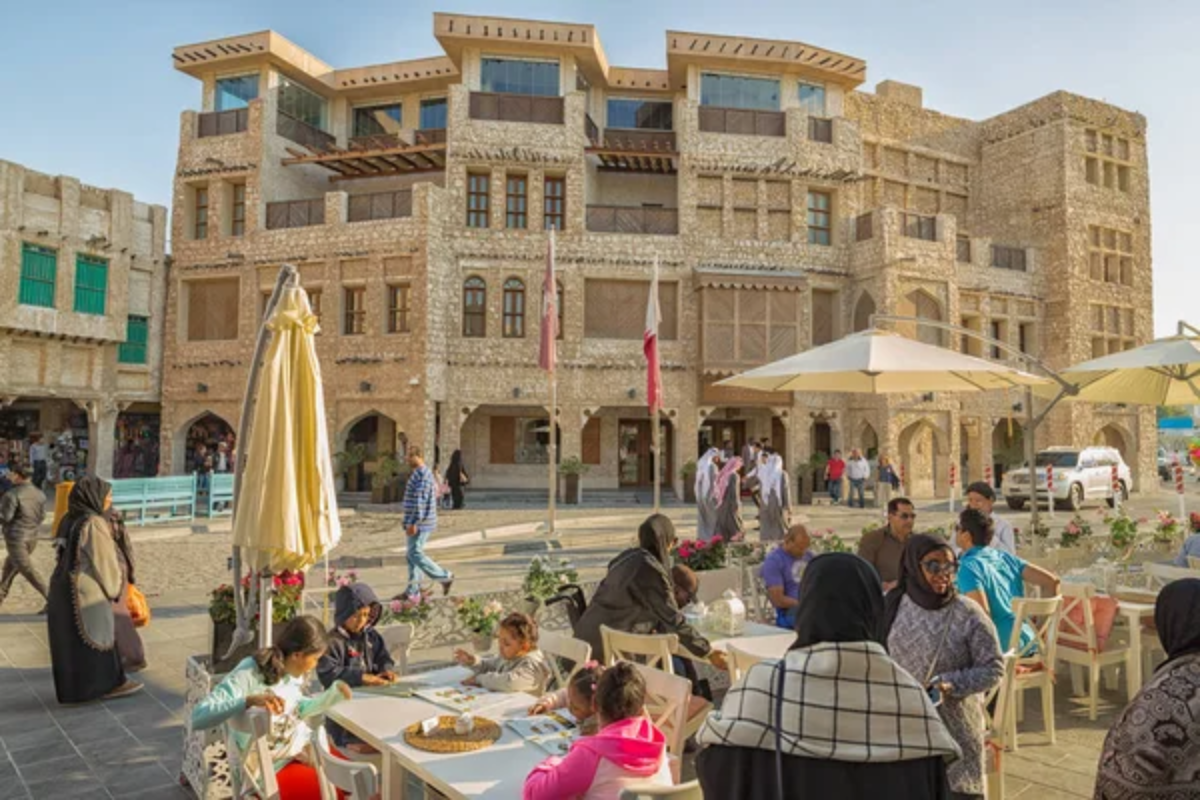
Dubai courts mass tourism with its accessible beaches, luxury shopping, nightlife options, and family-friendly entertainment complexes that attract visitors from around the world year-round. Doha focuses on cultural tourism, sports events, and business travelers, with a more conservative approach to entertainment that appeals to different visitor demographics and creates a distinctly different atmosphere for tourists.
Sports Focus
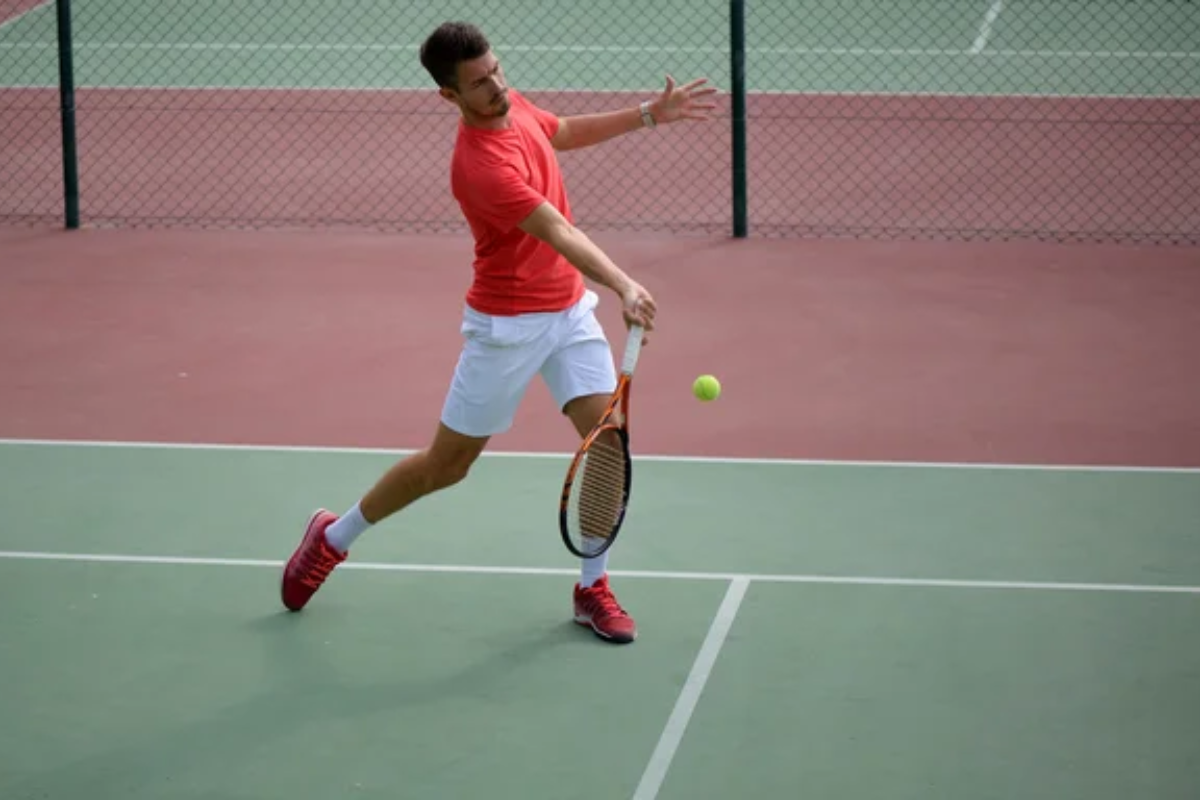
Doha secured the 2022 FIFA World Cup as the centerpiece of its sports strategy, building world-class stadiums and hosting numerous international competitions as part of its national brand building. Dubai emphasizes luxury sporting events like the Dubai World Cup horse race, Dubai Tennis Championships, and desert golf tournaments that attract elite competitors and wealthy spectators rather than focusing on single massive sporting events.
Like Travel Pug’s content? Follow us on MSN.
Retail Culture
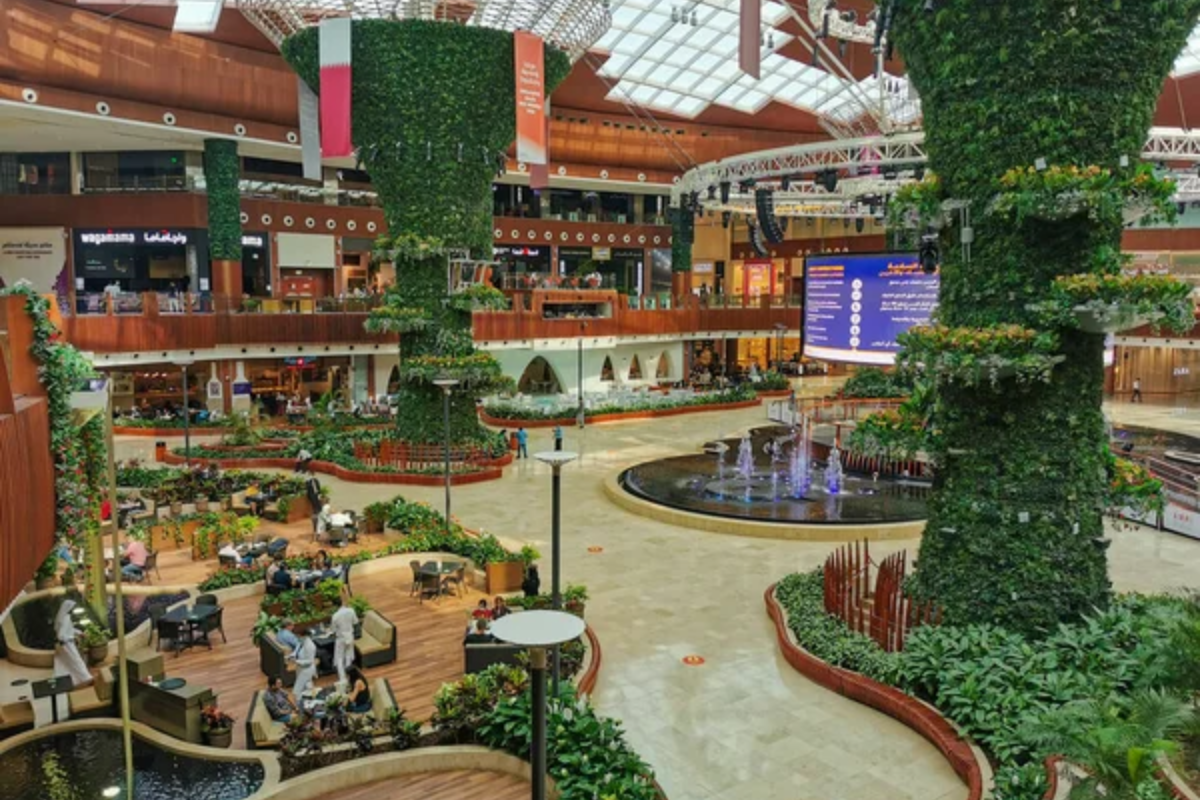
Dubai houses some of the world’s largest shopping malls featuring indoor skiing, massive aquariums, and international retail flagships, making shopping a primary tourist activity and cultural pastime. Doha maintains a stronger traditional market culture through its renovated Souq Waqif alongside modern malls, preserving the experience of traditional Arabian commerce with contemporary additions rather than replacing it entirely.
Demographic Balance
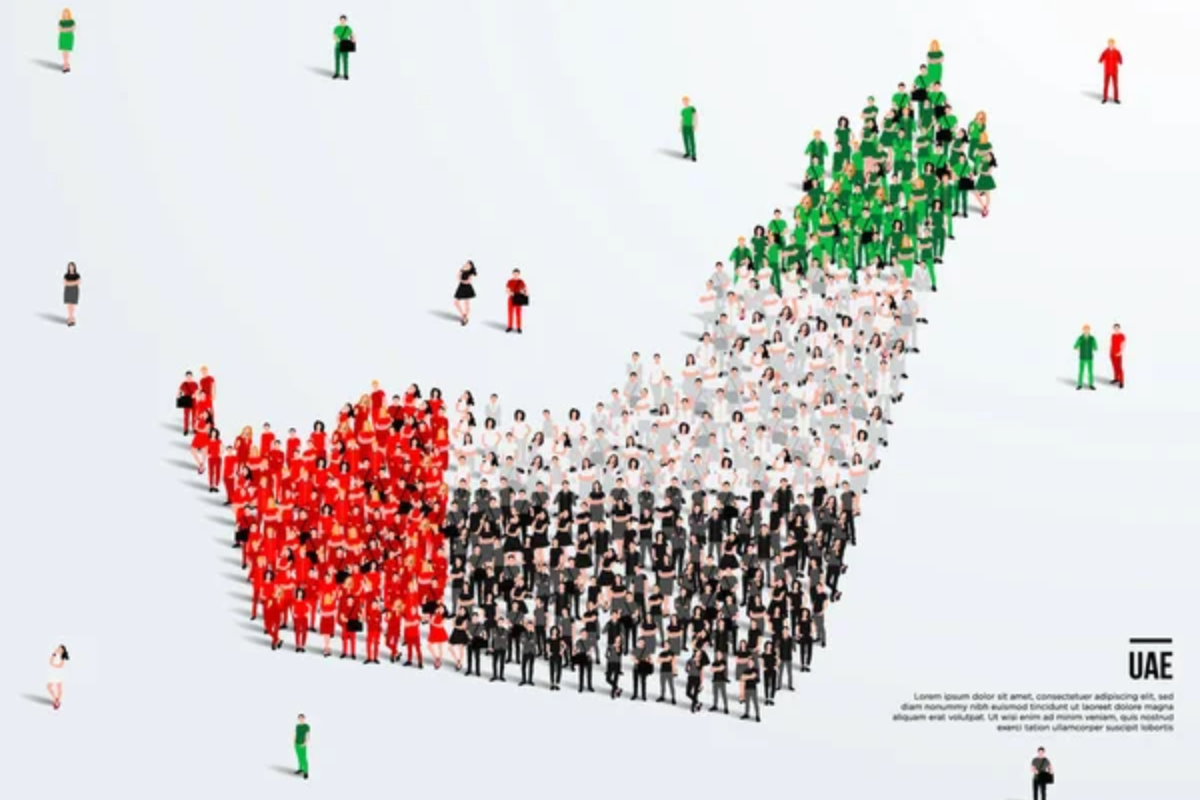
Dubai’s population includes more than 85% expatriates from around the world, creating an extraordinarily international environment where Emiratis form a small minority in their city. Doha maintains a higher percentage of Qatari citizens in its population mix, with government policies specifically designed to preserve national identity and cultural continuity despite rapid modernization and international influences.
Alcohol Regulations

Dubai permits alcohol consumption within hotels, licensed restaurants, and private clubs, creating a more liberal environment that aligns with its tourism and expatriate-focused economy. Doha maintains stricter alcohol regulations, with consumption permitted only in designated hotel restaurants and bars with special licenses, reflecting Qatar’s more conservative approach to balancing modernization with traditional values.
Like Travel Pug’s content? Follow us on MSN.
Public Transportation
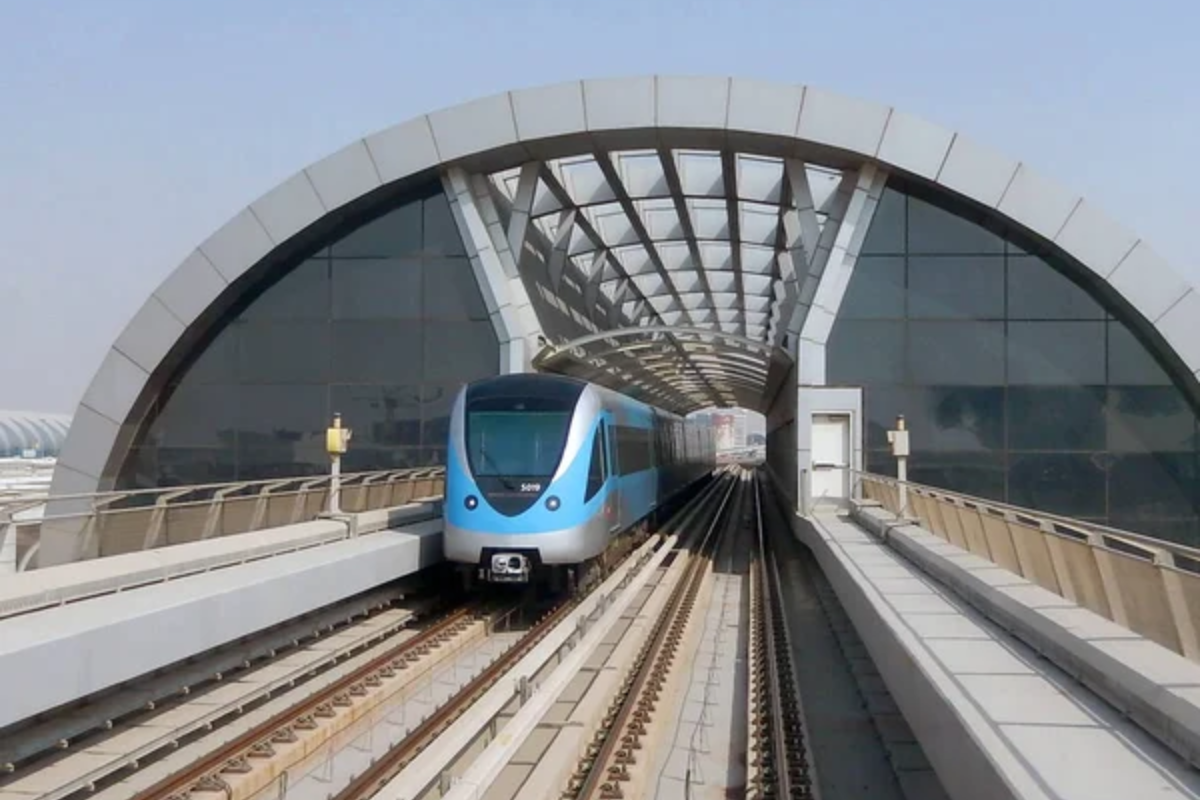
Doha recently completed its state-of-the-art metro system, which connects major residential and commercial districts with distinctive station architecture inspired by desert tents. Dubai pioneered Gulf public transportation with its extensive driverless metro, which features special Gold Class cabins and dedicated women’s sections.
The metro was supplemented by a comprehensive water taxi network utilizing the creek and coastal areas.
Coastline Development
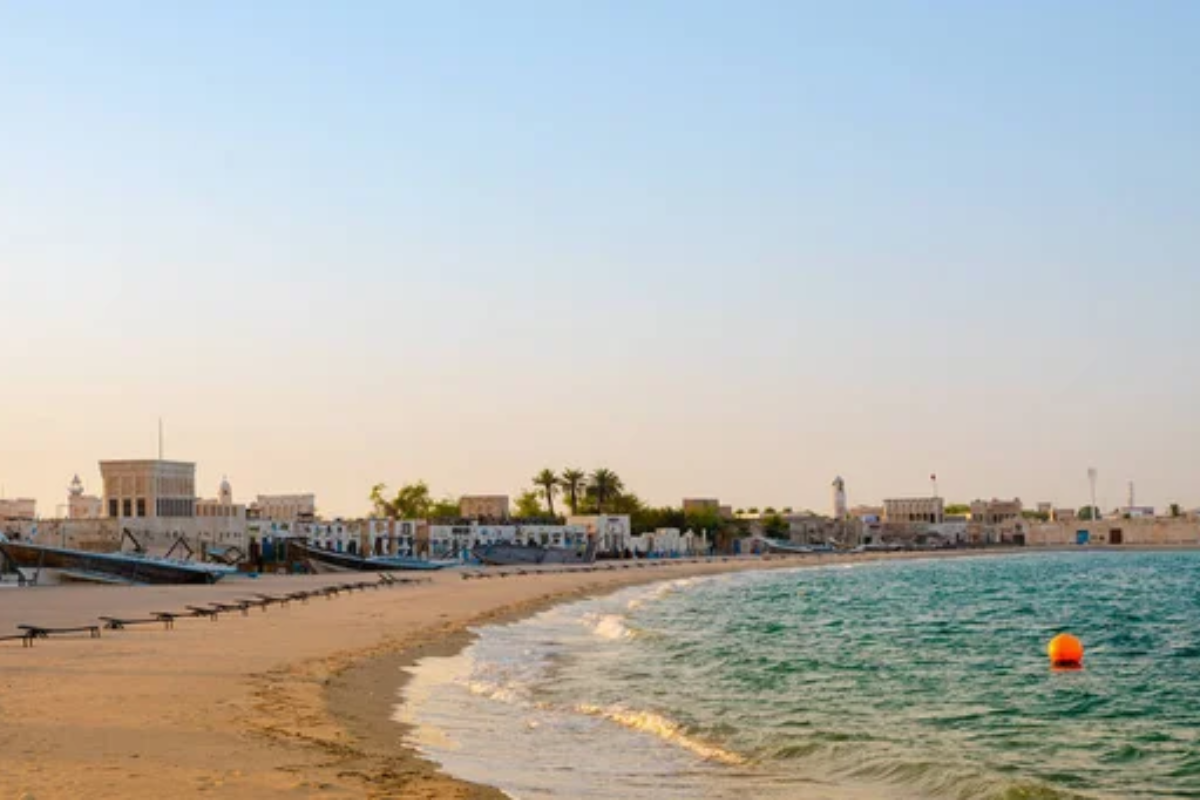
Dubai transformed its coastline with ambitious engineering projects, creating the Palm Jumeirah, The World Islands, and extensive marina developments that dramatically extended its shoreline for real estate purposes. Doha focused on developing its natural crescent bay into the elegant Corniche promenade, maintaining the original shoreline while creating public spaces that showcase the city skyline without radical geographic alterations.
Business Environment
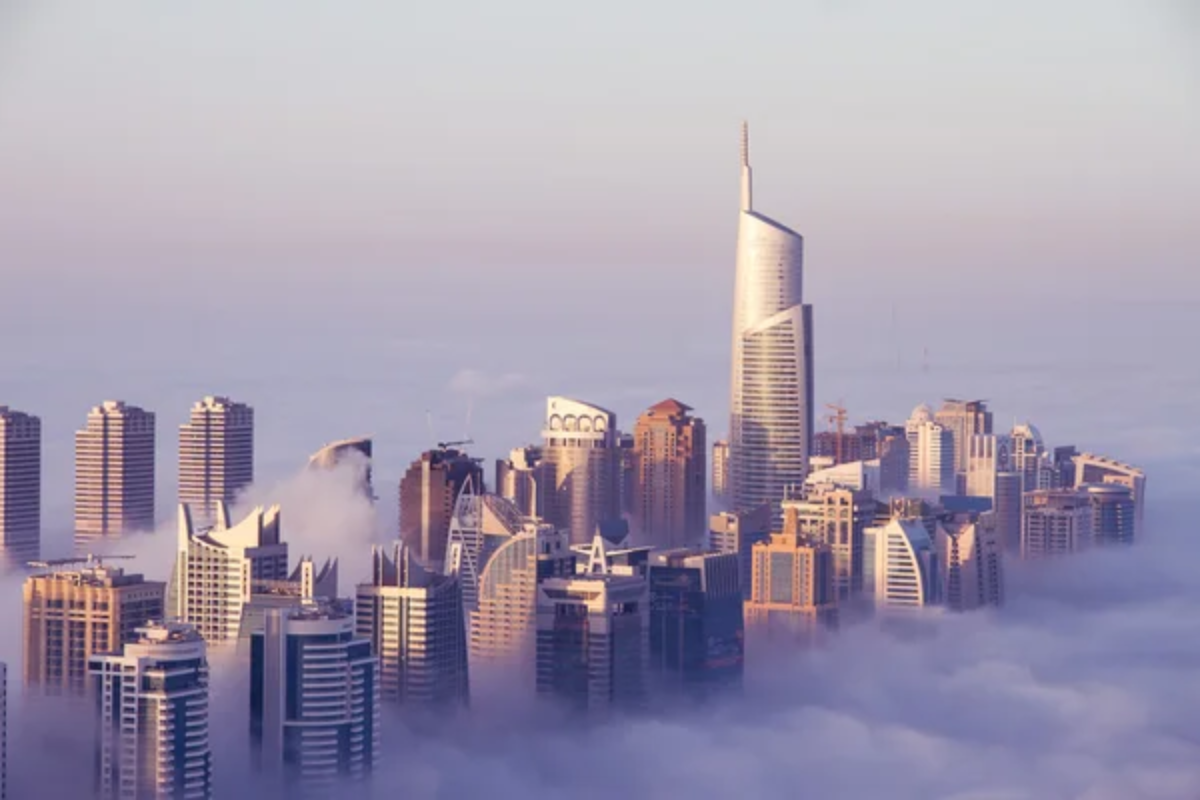
Dubai established itself as a regional business hub through numerous free zones with special regulations, tax benefits, and streamlined business setup processes that attract international companies seeking Middle East headquarters. Doha prioritizes strategic investments through the Qatar Investment Authority, which takes significant stakes in international brands and properties while maintaining a more regulated domestic business environment with fewer specialized economic zones.
Like Travel Pug’s content? Follow us on MSN.
Energy Diversification

Doha’s economy remains more closely tied to natural gas exports, with Qatar possessing the world’s third-largest natural gas reserves and serving as the leading global exporter of liquefied natural gas. Dubai, faced with limited oil reserves compared to its neighbors, diversified earlier and more aggressively into tourism, real estate, retail, aviation, and financial services, creating an economy less dependent on energy production.
National Narrative
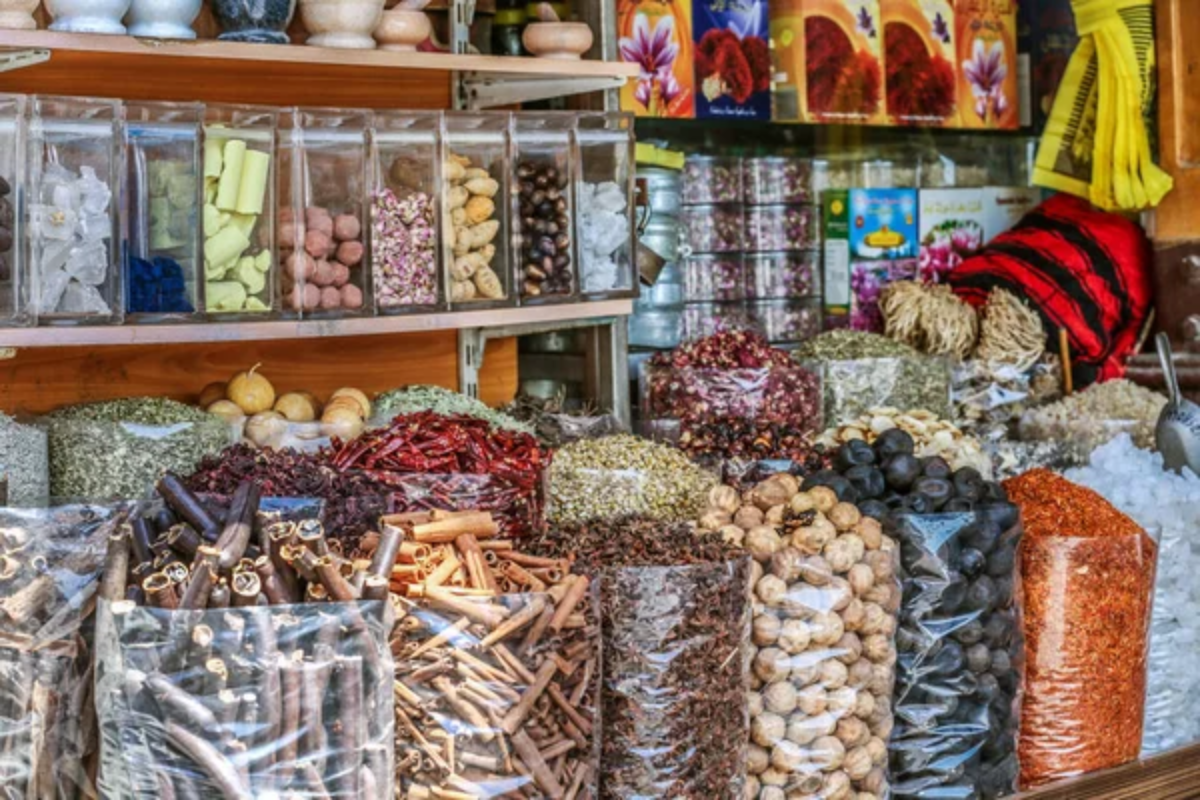
Dubai markets itself as a city of superlatives and possibilities where entrepreneurs and dreamers can achieve success in a tax-free environment with year-round sunshine and luxury amenities. Doha positions itself as a cultural bridge between East and West. It is a center of knowledge and dialogue where tradition and modernity coexist harmoniously within a framework of careful development and preservation of Qatar’s heritage.
Media Influence
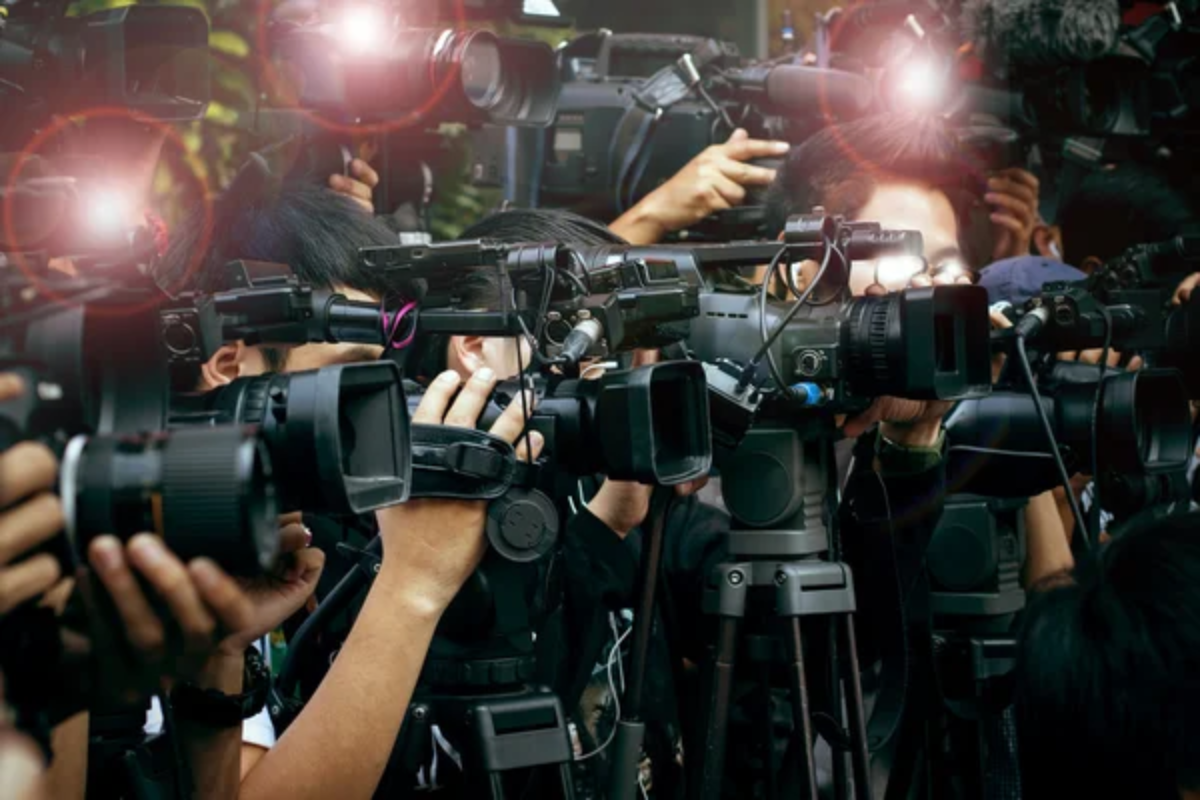
Doha gained global influence through the Al Jazeera media network, which transformed international news coverage and provided Qatar with soft power disproportionate to its size. Dubai focused on becoming a regional media production hub through Dubai Media City, which houses studios and offices for international networks, advertising agencies, and production companies creating commercial content rather than news programming.
Like Travel Pug’s content? Follow us on MSN.
Culinary Scene
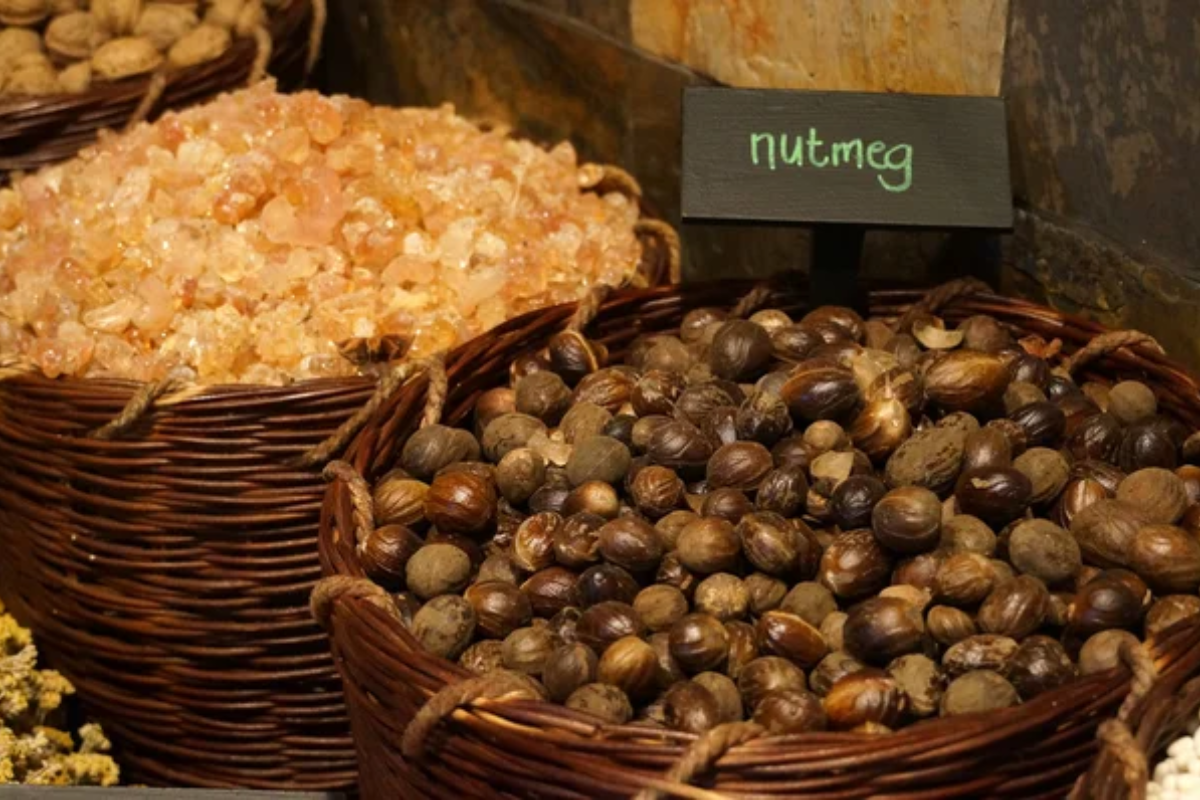
Dubai features a wildly diverse restaurant landscape with celebrity chef outposts, branches of famous international restaurants, and countless options from luxurious to affordable, spanning every global cuisine. Doha maintains stronger connections to regional food traditions while selectively introducing international dining concepts, creating a more curated culinary environment that balances innovation with cultural authenticity.
Waterfront Usage

Dubai utilizes its waterfront primarily for luxury developments, with beaches often attached to hotels and residential communities that limit public access to significant portions of the coastline. Doha emphasized public access through its Corniche, a 7-mile waterfront promenade that serves as a democratic space used by all residents regardless of income level, creating a more socially integrated waterfront experience.
Art Scene Approach
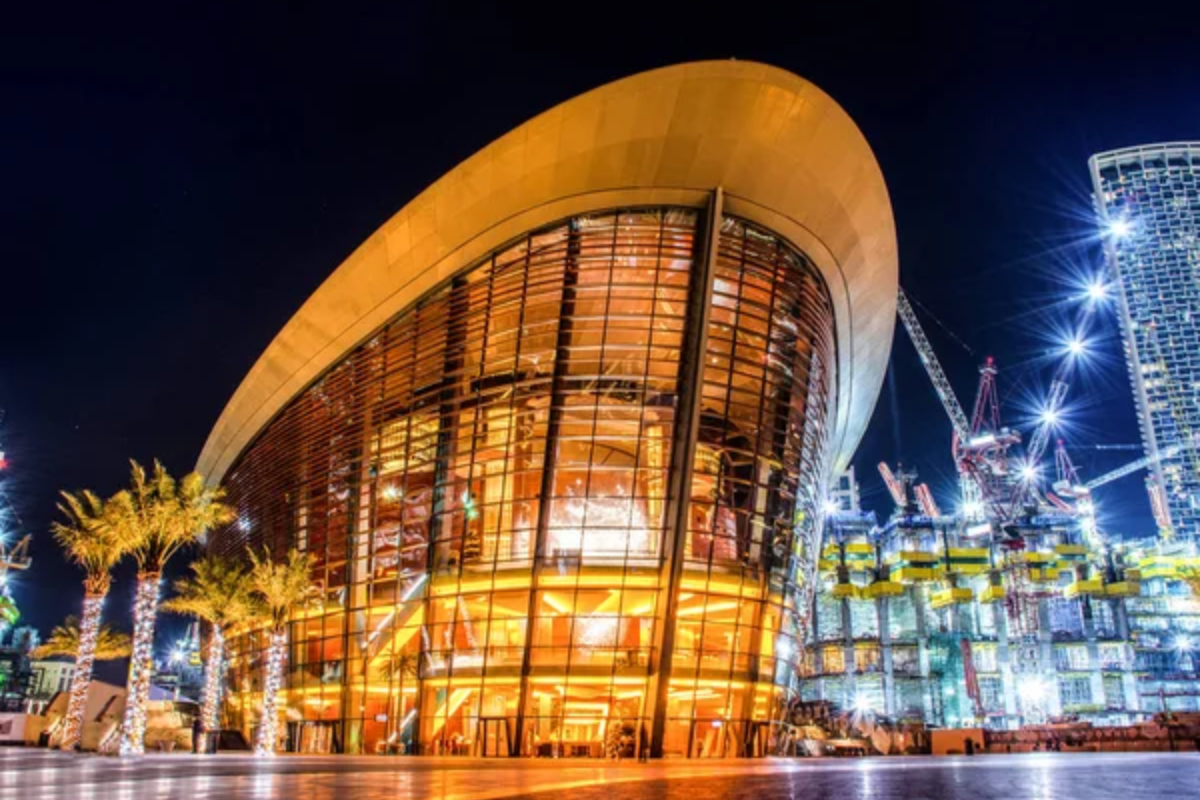
Doha built world-class museums first, creating institutional foundations for its art scene through the Museum of Islamic Art, Mathaf Arab Museum of Modern Art, and the National Museum of Qatar. Dubai allowed its art scene to develop more organically through commercial galland erie, artist-run spaces.
It converted warehouses in industrial areas, with major institutions like the Jameel Arts Centre emerging later after the commercial market was established.
Like Travel Pug’s content? Follow us on MSN.
Airport Experience
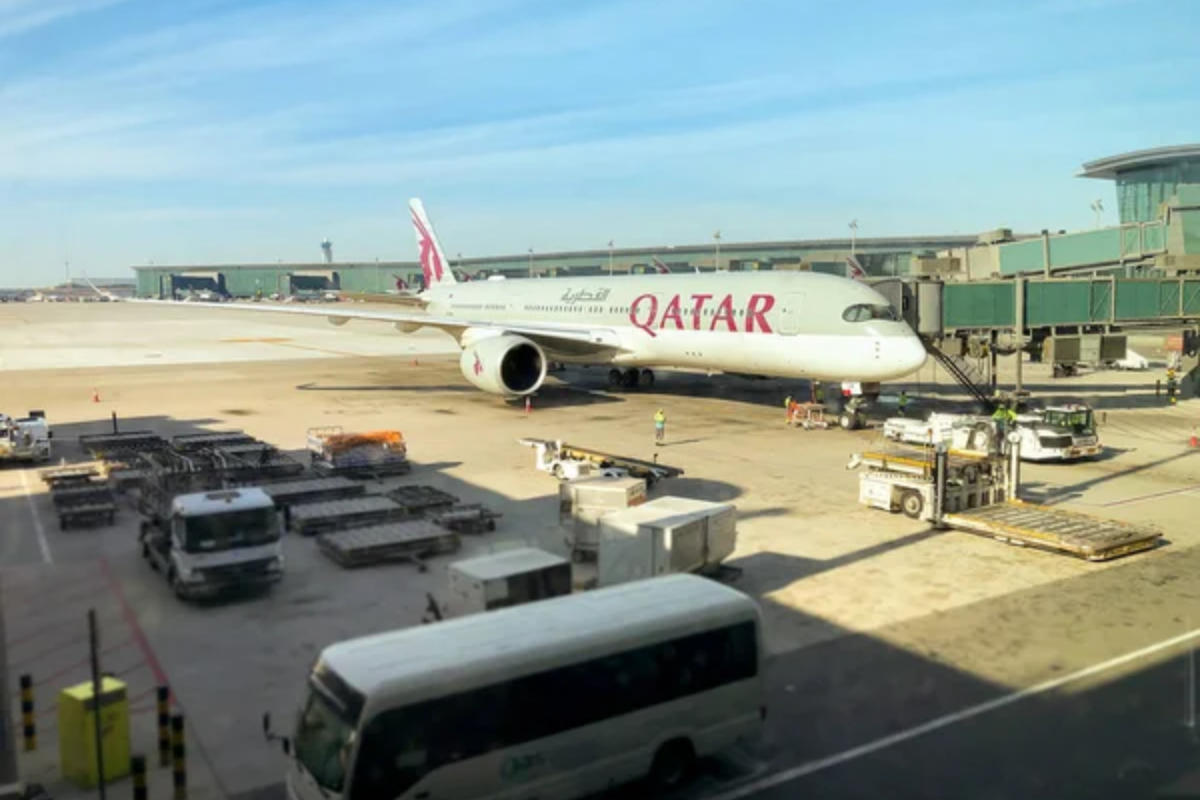
Dubai International Airport grew into the world’s busiest international passenger hub, with Terminal 3 dedicated to Emirates Airline, emphasizing retail, dining, and the airport itself as a destination. Hamad International Airport in Doha opened more recently, focusing on architecture, art installations, and distinctive design, including the famous giant teddy bear sculpture.
It prioritizes passenger experience over maximizing retail space or handling capacity.
Skyline Character
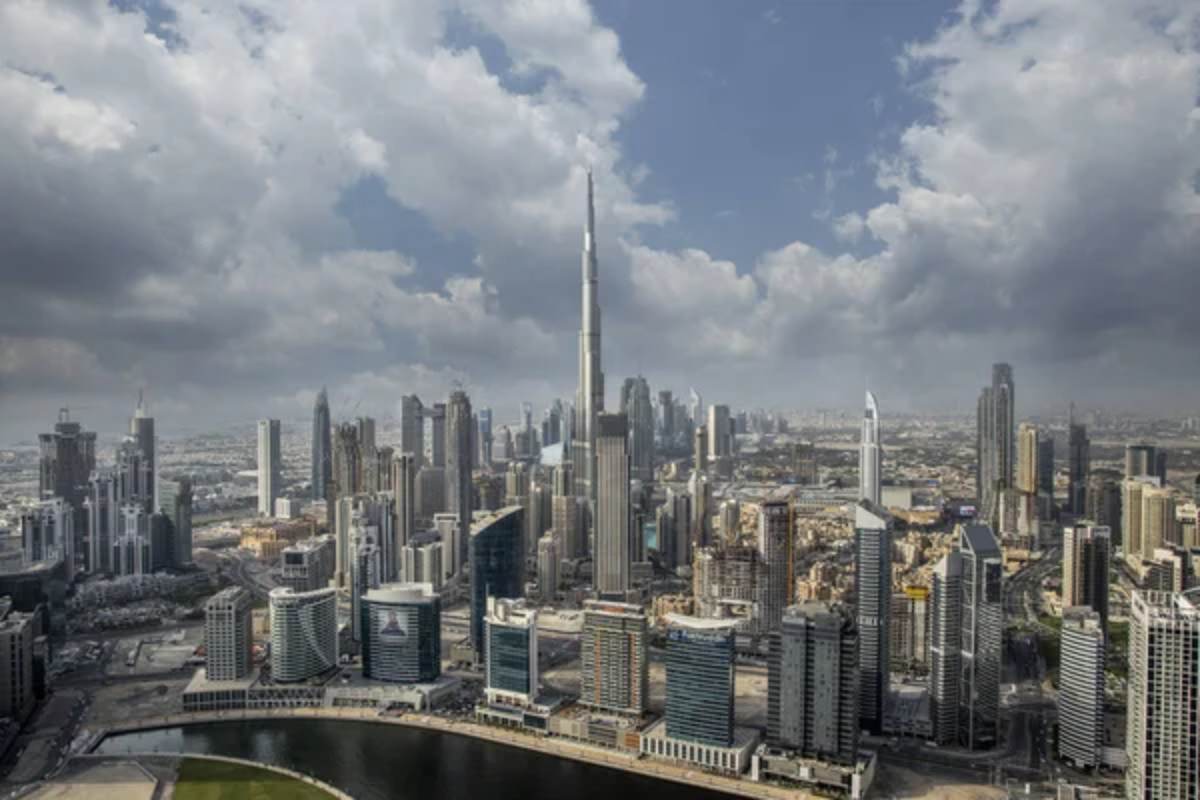
Dubai’s skyline emerged rapidly, with numerous architects working simultaneously, creating a heterogeneous collection of attention-seeking tall buildings competing for visual prominence. Doha’s skyline developed more cohesively with greater architectural coordination, featuring distinctive towers like the Twisted Tornado Tower and Al Bidda Tower that form a more harmonious ensemble when viewed across the bay from the Corniche.
Future Planning
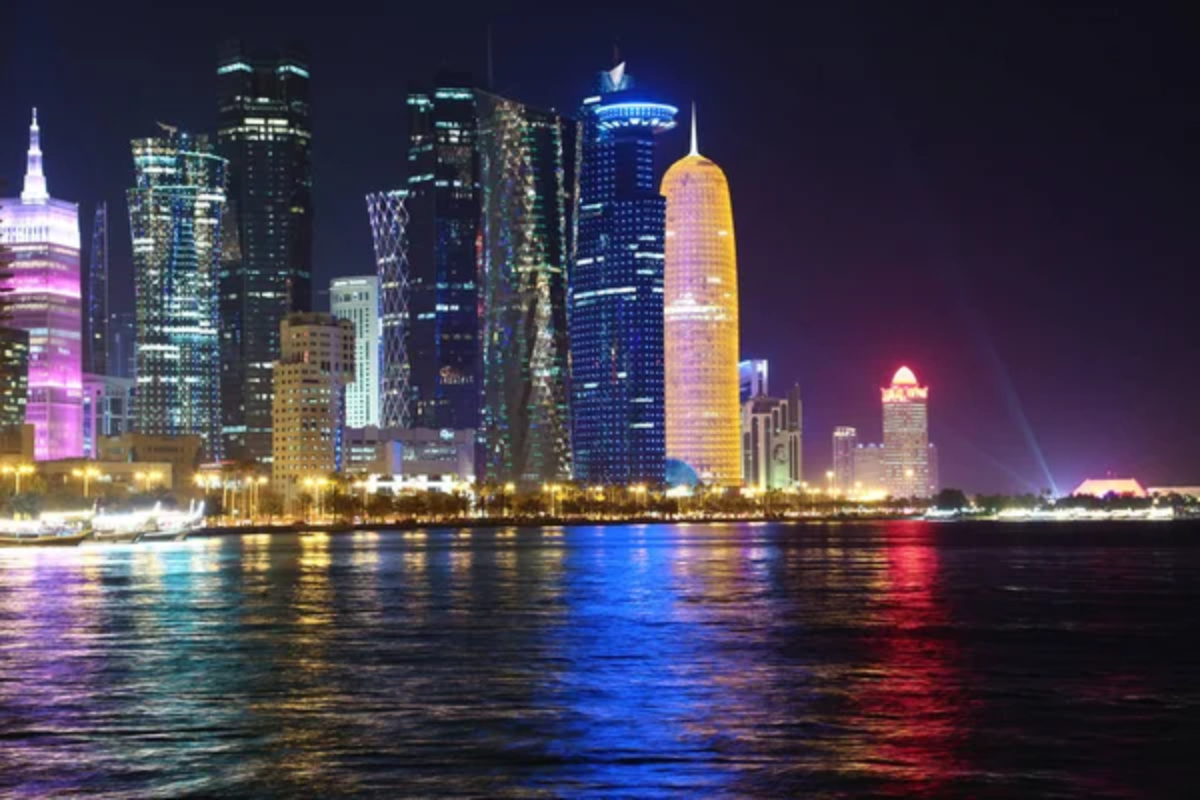
Doha’s development follows the comprehensive Qatar National Vision 2030 framework that coordinates economic, social, human, and environmental development with clear benchmarks and priorities. Dubai announces ambitious initiatives more frequently and opportunistically, rapidly pivoting to new focus areas like cryptocurrency, metaverse development, or artificial intelligence based on emerging global trends rather than adhering to a single master document.
Like Travel Pug’s content? Follow us on MSN.
The Tale of Two Visions
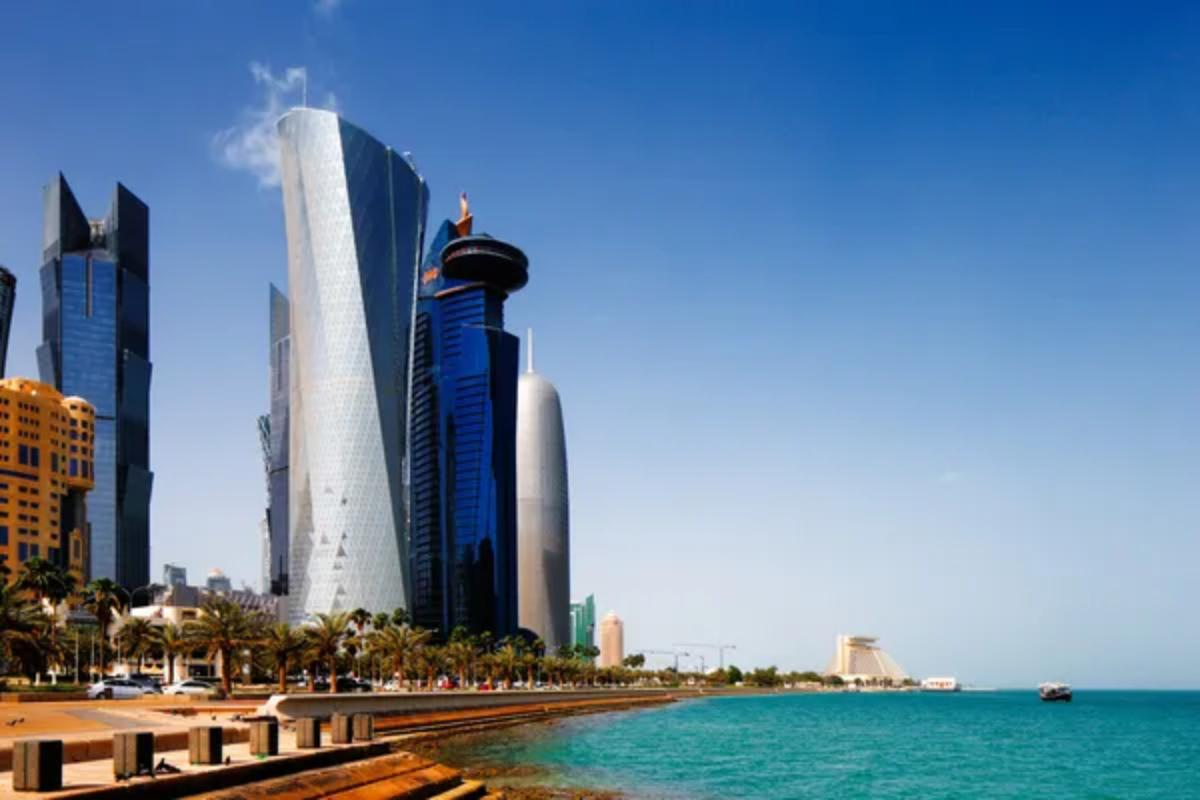
These neighboring cities ultimately represent different approaches to creating influence and identity in the modern world. Dubai built a playground that dazzles with superlatives and sensory experiences, creating a global brand based on accessibility and spectacle.
Doha constructed a more measured environment that balanced traditional values with selective modernization, focusing on long-term cultural capital rather than immediate impact. Neither approach is superior—they simply reflect different national priorities and concepts of what constitutes successful urban development in the 21st century.
More from Travel Pug

- 20 Towns Built for One Purpose That Were Later Abandoned
- 15 Hidden Spots in Disney World’s Magic Kingdom Most Visitors Miss
- 20 Once-Popular Beach Towns That Are Now Ghostly Empty
- 15 Canyons in the U.S. That Are Just as Stunning as the Grand Canyon
- 10 Under-the-Radar Mountain Towns That Are Both Affordable and Beautiful
Like Travel Pug’s content? Follow us on MSN.
